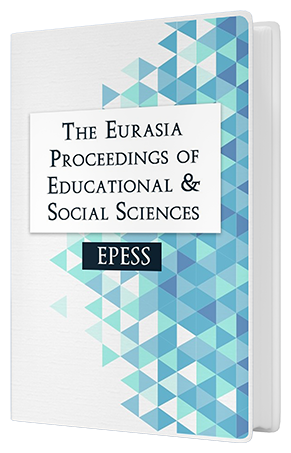METHODS OF GROUPING IN A FLIPPED CLASSROOM MODEL: EFFECTS ON STUDENTS’ ACHIEVEMENT IN DIFFERENTIAL CALCULUS
Keywords:
Salazar’s grouping method, flipped classroom, small group methodAbstract
This study aimed to raise the achievement level of students in Differential Calculus using Direct Instruction with Salazar’s Grouping Method in a flipped classroom and Small Group Method. The quasi-experimental method of research was used. The study also employed qualitative and quantitative analysis relative to data generated by the Achievement Test and Math journal with follow-up interview. Within the framework of the limitations of the study, both methods of grouping revealed a significant increase on the gain scores within each group but no significant difference was obtained between groups (control and experimental). However, a slight difference of mean gain scores in the Achievement Test was revealed in favor to the experimental group. Moreover, qualitative assessments showed that both grouping methods develops self-confidence, encourages effective communication and facilitates exchange of ideas towards a common goal. The students from both groups were in favor with the sequence of the presentation of the lesson, especially with the incentives given.Downloads
Published
Issue
Section
License
Copyright (c) 2016 The Eurasia Proceedings of Educational and Social Sciences

This work is licensed under a Creative Commons Attribution-NonCommercial-ShareAlike 4.0 International License.
The articles may be used for research, teaching, and private study purposes. Any substantial or systematic reproduction, redistribution, reselling, loan, sub-licensing, systematic supply, or distribution in any form to anyone is expressly forbidden. Authors alone are responsible for the contents of their articles. The journal owns the copyright of the articles. The publisher shall not be liable for any loss, actions, claims, proceedings, demand, or costs or damages whatsoever or howsoever caused arising directly or indirectly in connection with or arising out of the use of the research material. All authors are requested to disclose any actual or potential conflict of interest including any financial, personal or other relationships with other people or organizations regarding the submitted work.




